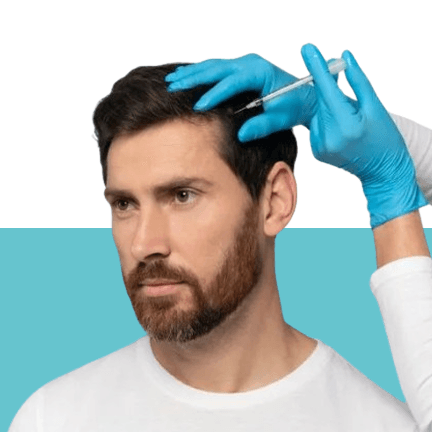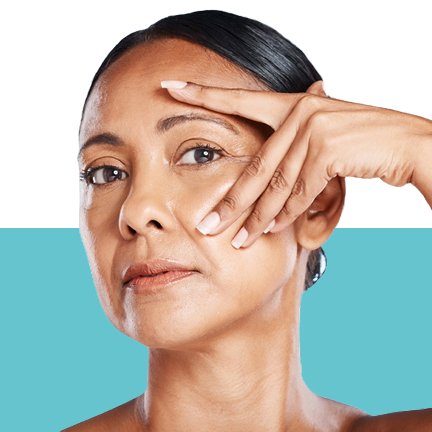
Hair loss is an issue that does not discriminate—whether you’re a regular individual or a celebrity, it impacts confidence and self-esteem. In recent years, PRP Hair Treatment has become a popular, non-surgical way to fight hair loss and help improve hair thickness. But what does science say about how well it works in the long run? Let’s take a closer look at the lasting benefits, what patients can expect, and how this treatment helps bring back thinning hair over time.
What is PRP Hair Treatment?
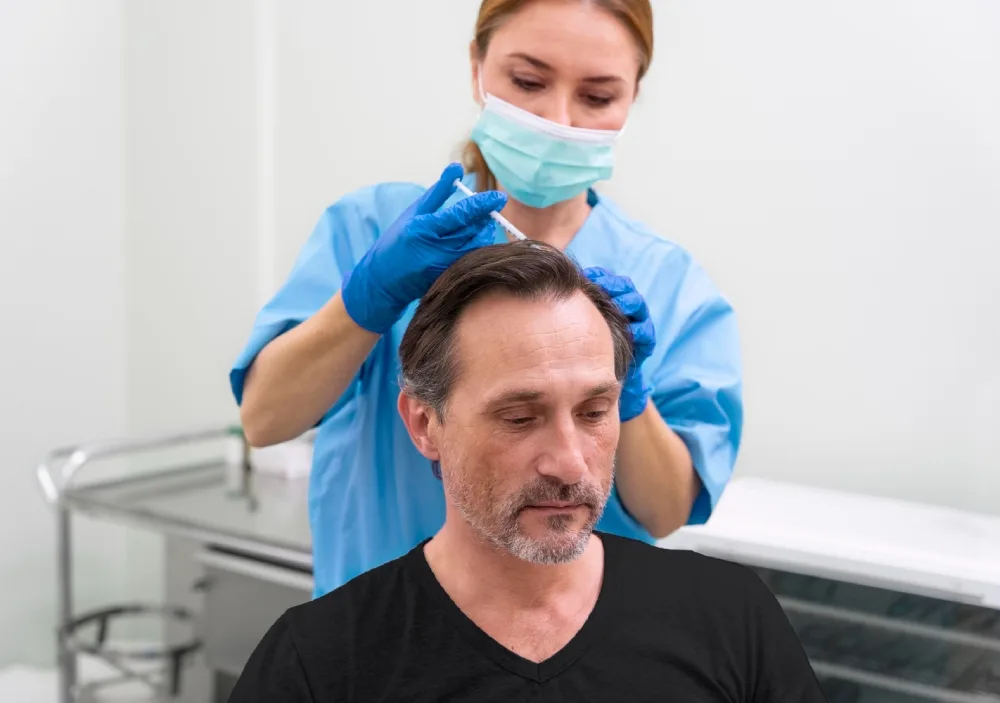
Platelet-Rich Plasma (PRP) therapy uses a patient’s own blood, which is processed to concentrate platelets, cells that contain growth factors essential for healing and tissue regeneration. When injected into the scalp, these growth factors stimulate inactive hair roots, improve blood flow, and encourage new hair growth. Unlike hair transplants, PRP is a non-surgical procedure with few side effects, making it an appealing option for many.
How Does PRP Improve Hair Density?
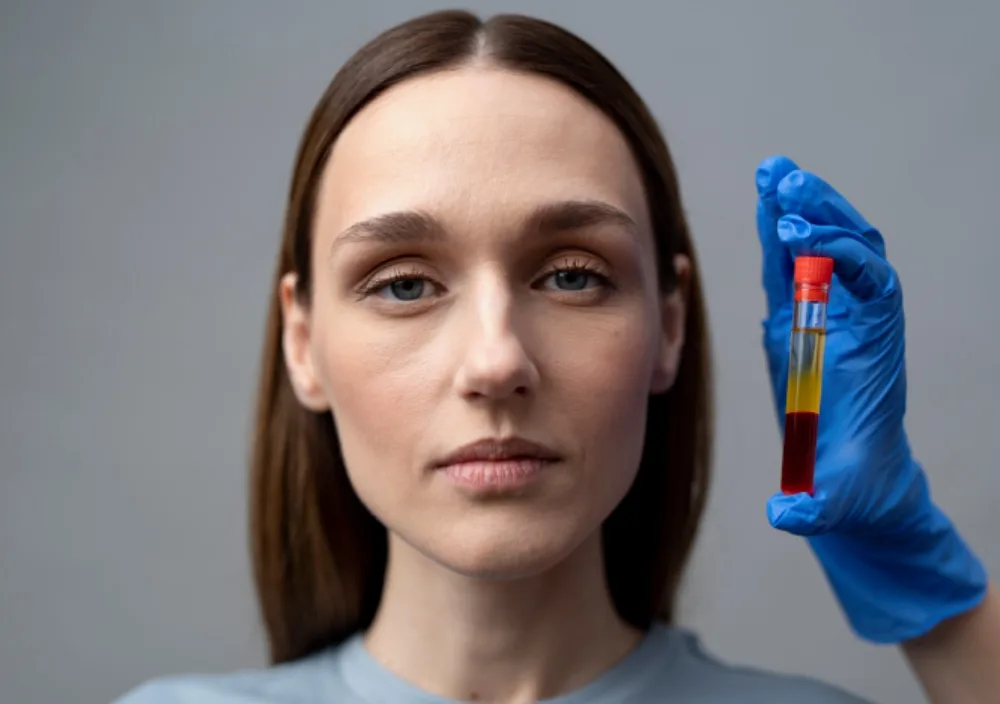
The key to Hair Density Improvement lies in activating and nourishing hair follicles that have become inactive or weakened. PRP injections deliver concentrated growth factors directly to the scalp, which help:
- Increase the size of hair follicles
- Promote the growth phase of the hair cycle (anagen phase)
- Strengthen existing hair shafts
- Reduce inflammation that contributes to hair thinning
These combined effects contribute to thicker, fuller hair with improved texture and volume.
What Do Studies Say About Long-Term Results?
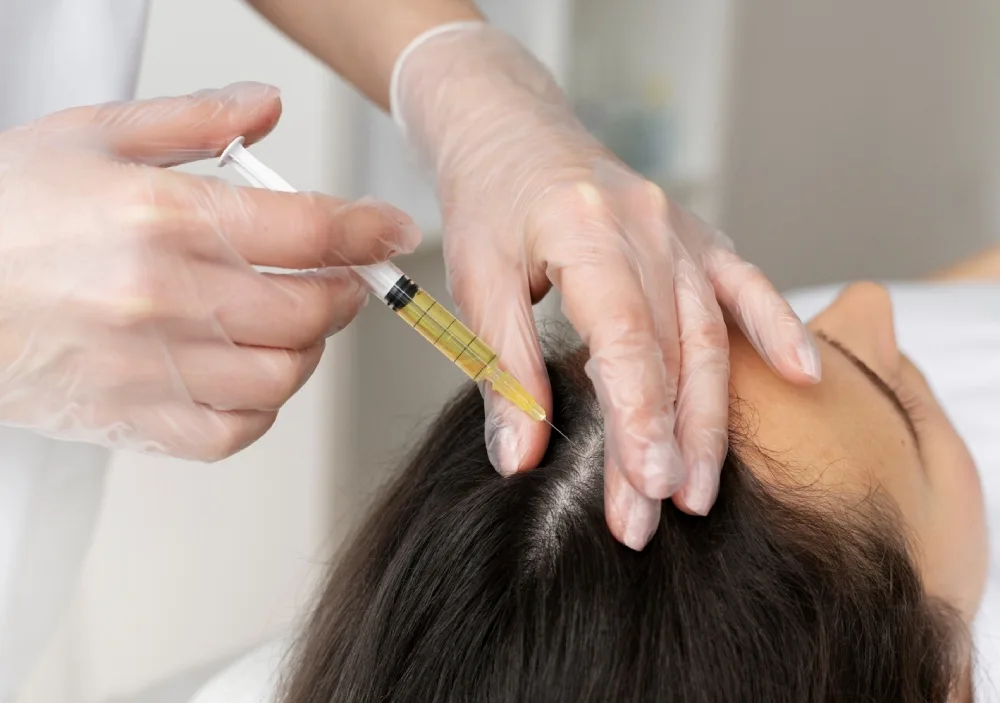
Initial results from PRP hair treatment are often visible within 3 to 6 months, with patients reporting reduced hair shedding and new growth. However, the question many have is: Are these results sustainable in the long run? Several clinical studies and patient follow-ups have shown promising long-term outcomes:
- Sustained Hair Density Improvement: Patients treated with PRP typically experience continued improvement in hair density over a period of 12 to 18 months after the initial treatment series.
- Maintenance Benefits: To sustain these results, periodic maintenance sessions are recommended, usually every 3 to 4 months.
- Minimal Side Effects: Because PRP uses the patient’s own blood, adverse reactions are rare, even with repeated treatments.
- Versatility: PRP is effective for various types of hair loss, including androgenetic alopecia (pattern baldness) and other thinning conditions.
Factors Affecting Long-Term Success
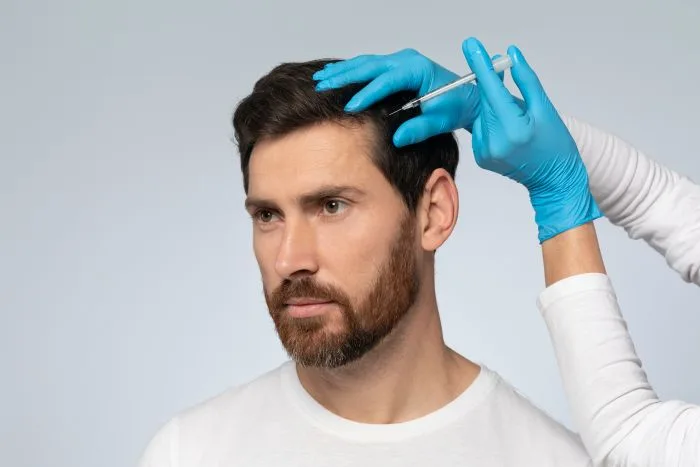
While PRP offers exciting potential, the long-term outcomes depend on several factors:
- Individual Response: Genetics, age, and the severity of hair loss can influence how well a person responds to treatment.
- Consistency: Completing the full initial series of treatments and following maintenance schedules greatly enhances lasting results.
- Lifestyle and Health: Nutrition, stress levels, and underlying medical conditions also play a role in hair health and treatment efficacy.
What Can You Expect During and After Treatment?
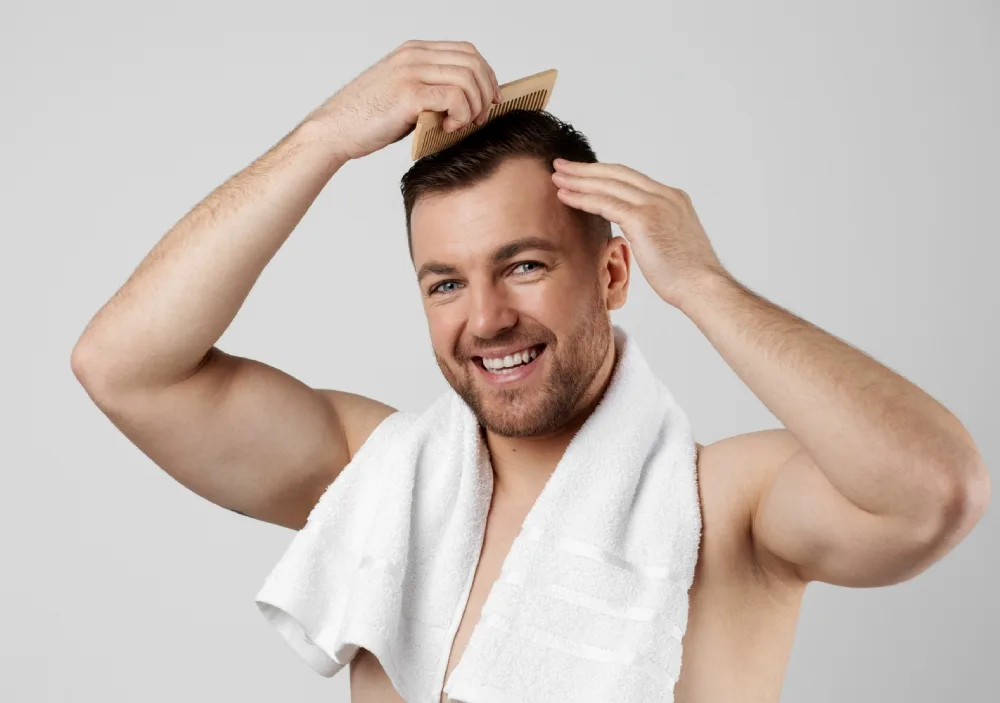
PRP scalp treatment usually involves 3 to 4 sessions spaced about a month apart. Each session takes approximately 30 to 45 minutes, during which your blood is drawn, processed, and then injected into targeted scalp areas.
Following treatment, some patients may experience mild scalp tenderness or redness, which typically resolves within a day or two. Most people can return to their regular activities immediately.
Is PRP Right for You?

If you are struggling with thinning hair and looking for a natural, low-risk solution, PRP scalp treatment might be a great option to consider. It’s important to have a thorough consultation with a hair specialist to assess your condition and discuss realistic expectations.
The long-term outcomes of PRP therapy for hair density improvement are encouraging, showing sustained benefits for many patients. By stimulating natural hair growth and strengthening existing follicles, PRP offers a promising route to restore thicker, healthier hair without surgery.
If you are looking for a trusted place to get PRP hair treatment, Theklarity can help. Our skilled team will guide you through the process and create a treatment plan just for you to help improve your hair.
